  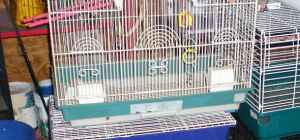 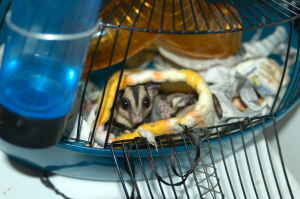 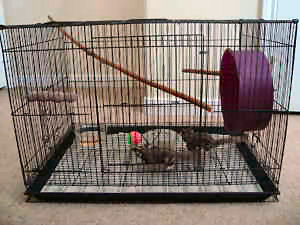 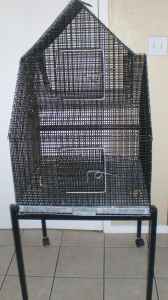 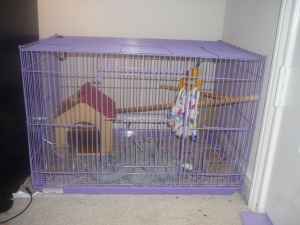 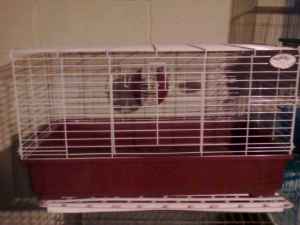 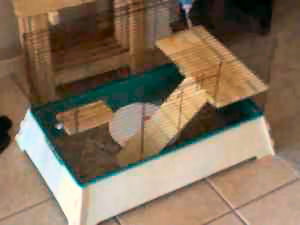 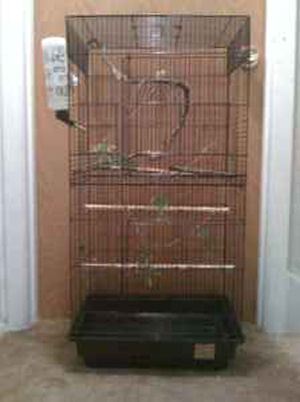 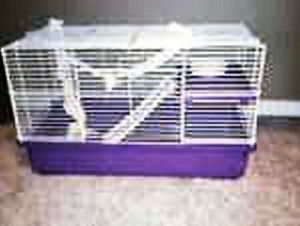 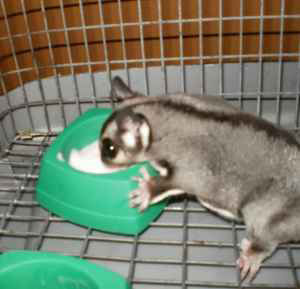 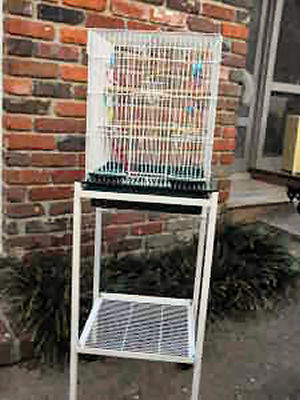 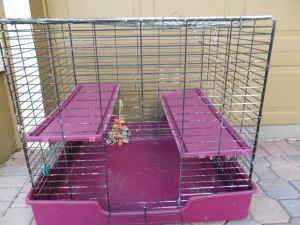 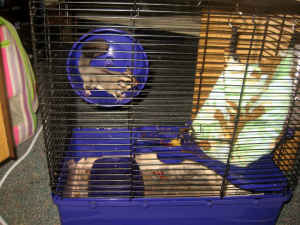 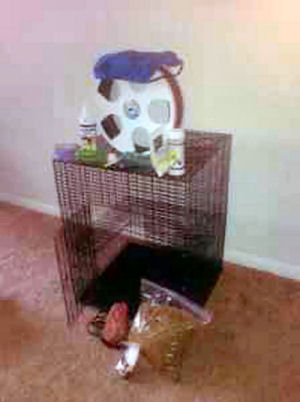 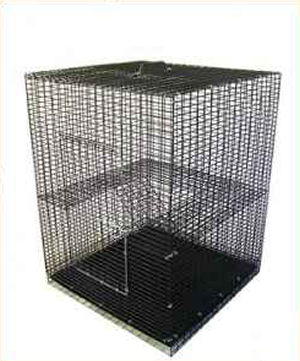 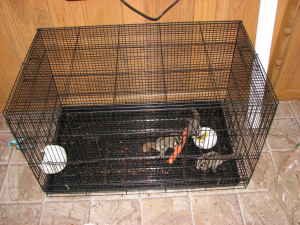 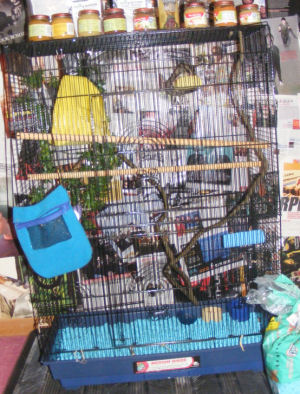 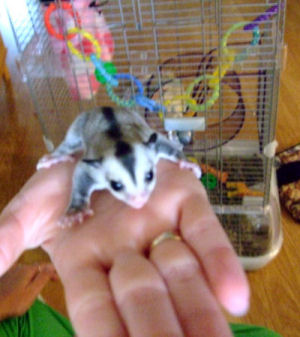 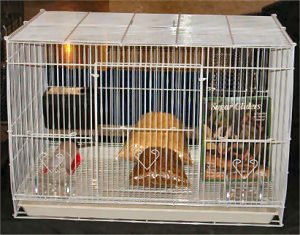 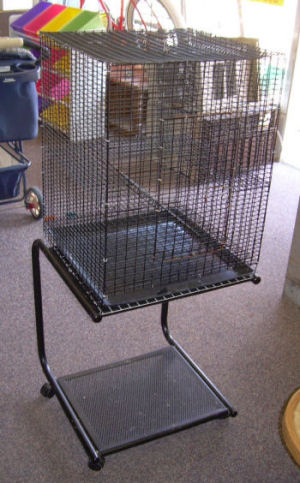 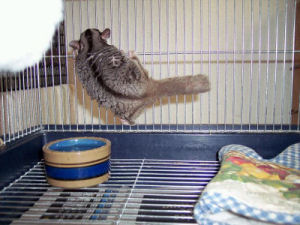 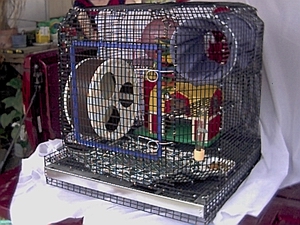 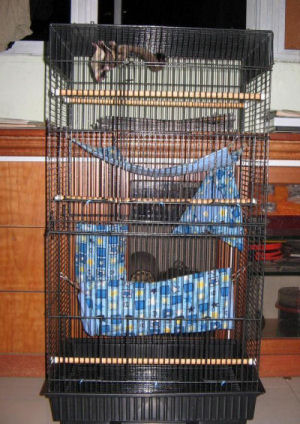 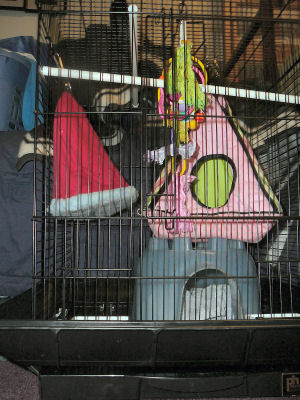 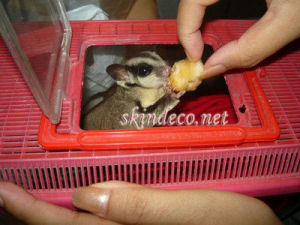 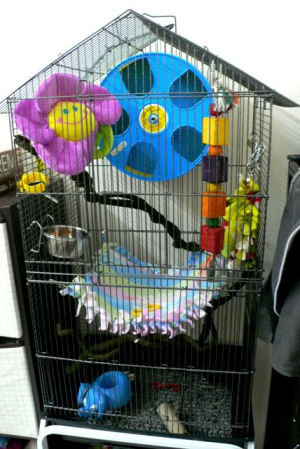 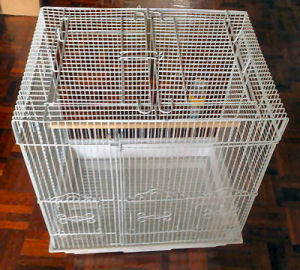 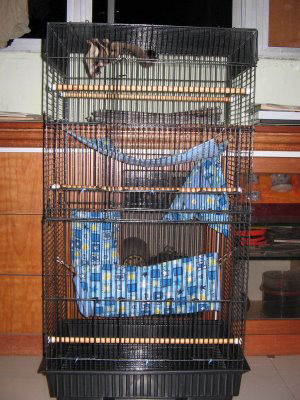 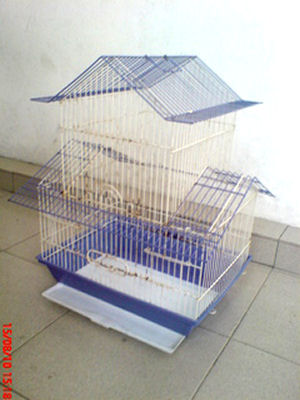 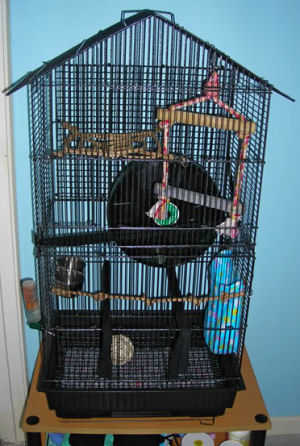 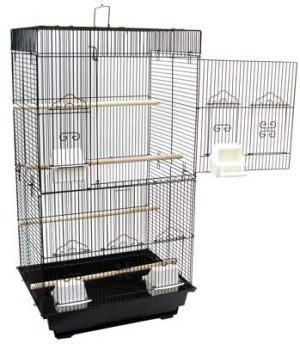 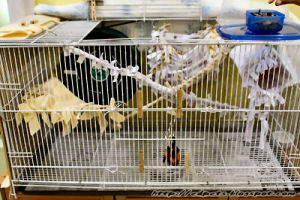 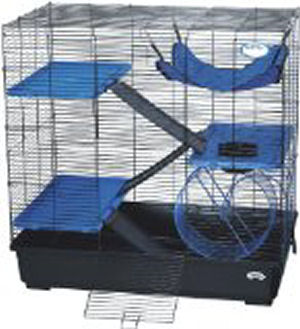 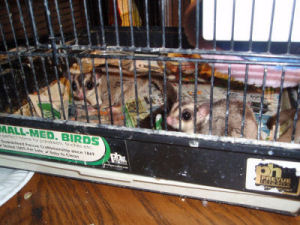 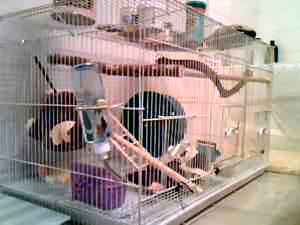 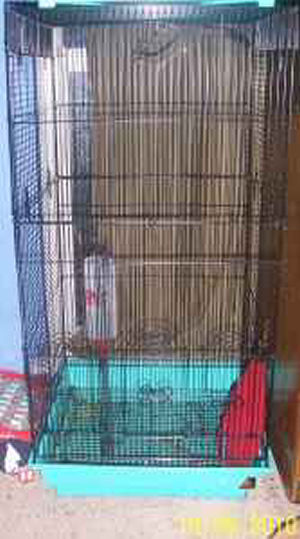 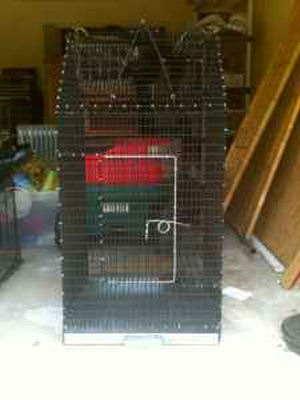 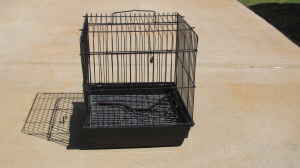 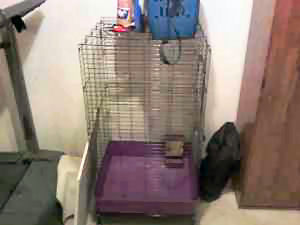 |
Sugar Glider Cages - A bad exampleEvery one of these images are examples of poor cages for keeping sugar gliders. Each one has been pulled from a Craigslist post in order to present you a real-world problem. For comparison, you can see some examples of popular acceptable cages HERE which are often referred to as flight, aviary or tower styles. Size:To begin with, every one of these cages is too small for even a single animal. A few of these could be considered "temporary" cages for introductions, medical issues or other various reasons, but not a single one is adequate for long term keeping. Odds are that the cage which came with your sugar glider(s) is too small. Most breeders, flea market sellers, pet shops will offer a cage that is very small. Understanding that sugar gliders are arboreal (tree dwelling), you can realize that their cage requirements might not be the same as they are for common rodents of the same size. Much like squirrels, sugar gliders live in the tree tops and commonly leap and glide large distances in the course of an evening outing. There is no real way to duplicate this in a caged environment, but one can at a minimum allow for a very large "flight", "aviary" or "tower" style of cage and also install all sorts of branches, shelves, floors, cubbies, boxes, pouches and anything else you can imagine for them to romp around on and explore. The honest truth to what kind of cage you should keep your sugar glider(s) in is simply the largest one that you can find and afford.Stimulation:Many of these examples have absolutely nothing in them. Sugar gliders are cerebral animals and they need daily mental stimulation in order to be healthy. In the wild these animals have to work constantly to survive which includes endless activity and interaction while awake. Small cages with nothing in them lead to mental disorder behaviors which are generally non-correctable after the fact. Exercise wheels are an absolute must. Pouches are a must. Bird toys, boxes, chains, tunnels, swings, slings, tents, and so forth can all be used to give the animal something to have while imprisoned in a cage environment.Comfort:Many of these examples have very little to no comfort inside the cage. Thin bare wires are very difficult on sugar glider feet long term. This can lead to malformed feet, pain and possible self mutilation and death. It is very easy to add more comfort to any cage by covering the floor grate with a plastic mesh or fleece. You can easily add in solid shelves in order for the animal to perch while at rest. All of the items listed in the previous paragraph are also good examples of comfort items.Other thoughts:
These items above are brief and designed to start you on the quest for learning. You are welcome to visit the Sugar Glider Encyclopedia or come read through, search and join in any of the discussions on popular forums. Life is full of questions, never be afraid to ask any of them. Please never stop learning and always share what you learn with others. |